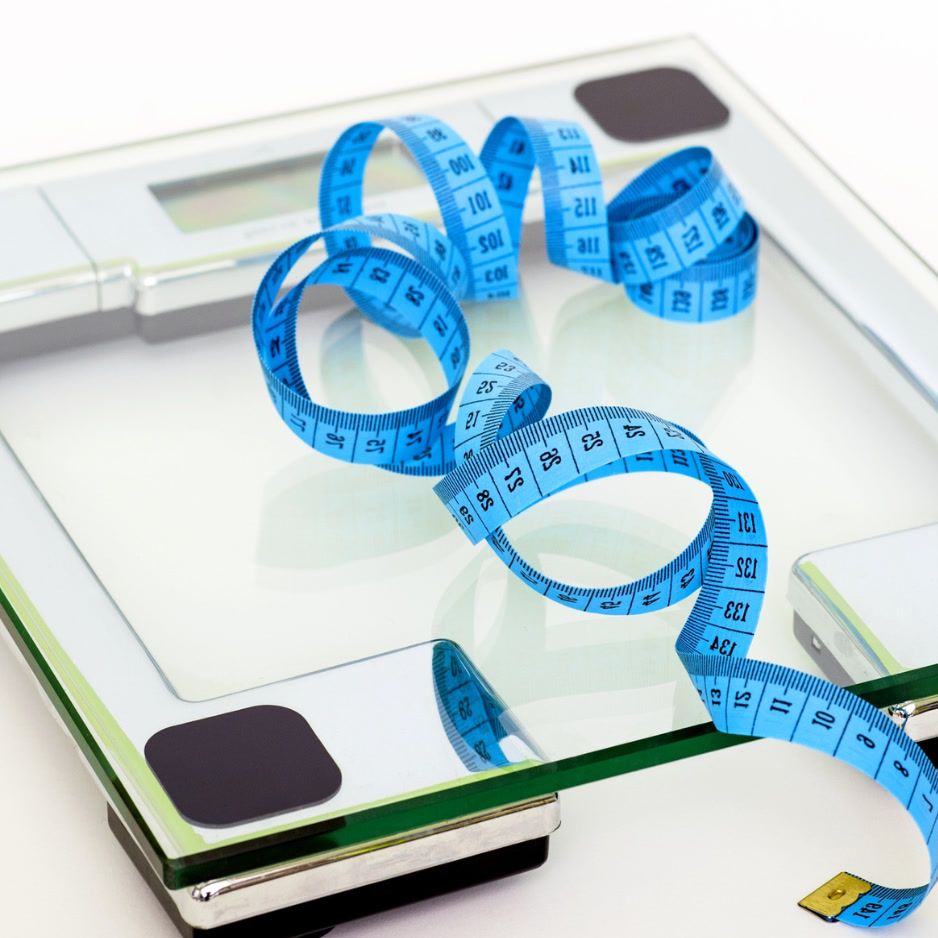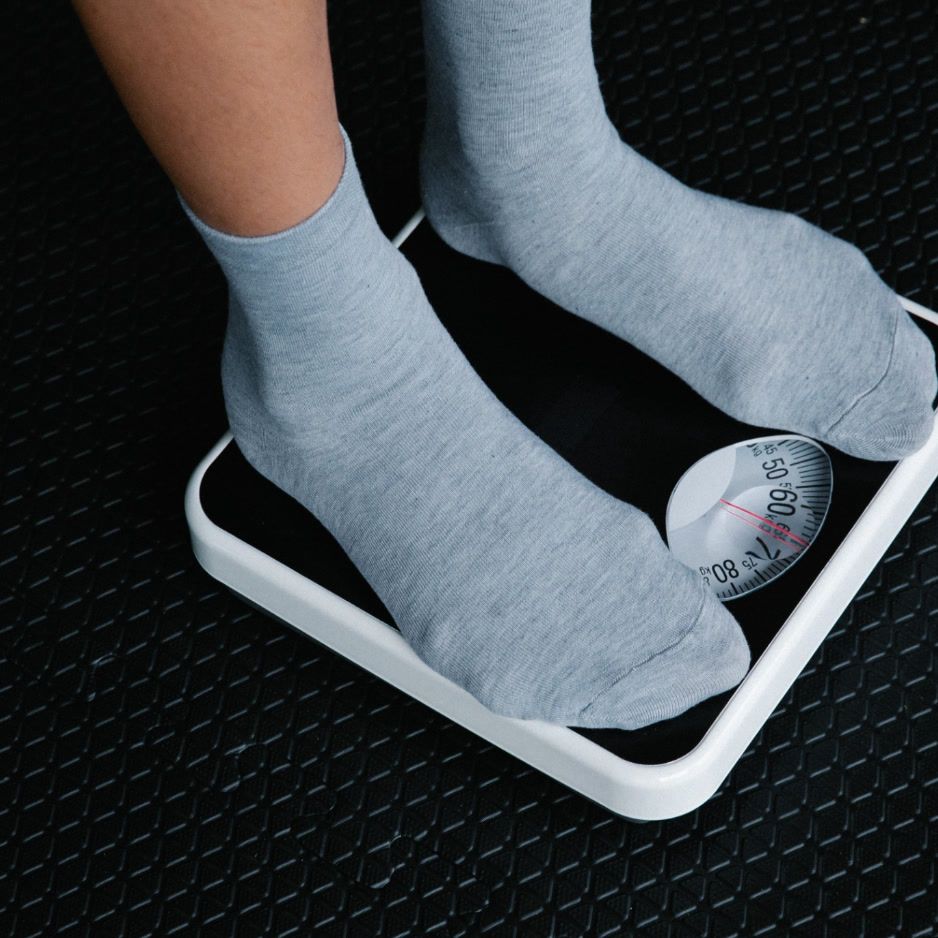How to Measure Muscle Mass: At-Home vs. Clinical Methods
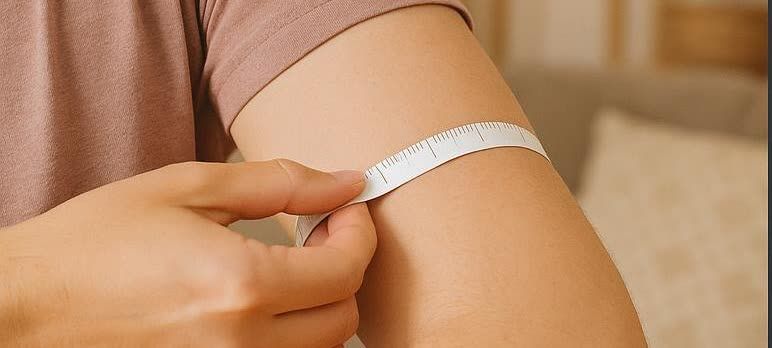
How to Measure Muscle Mass (At‑Home vs. Clinical)
If your goal is to build muscle or avoid losing it, the first step is measuring it—consistently and accurately. This guide compares the most common ways to measure muscle mass, from simple at‑home tools to gold‑standard clinical scans, with clear prep checklists, troubleshooting tips, and when to use each method.
Whether you’re a lifter tracking progress, a coach standardizing client check‑ins, or someone concerned about age‑related muscle loss, you’ll find step‑by‑step instructions for BIA scales, calipers, and tape measures, plus clinical options like DEXA, Bod Pod, and hydrostatic weighing.
We’ll also cover pros/cons, costs, and an easy plan to track quantifiable progress.
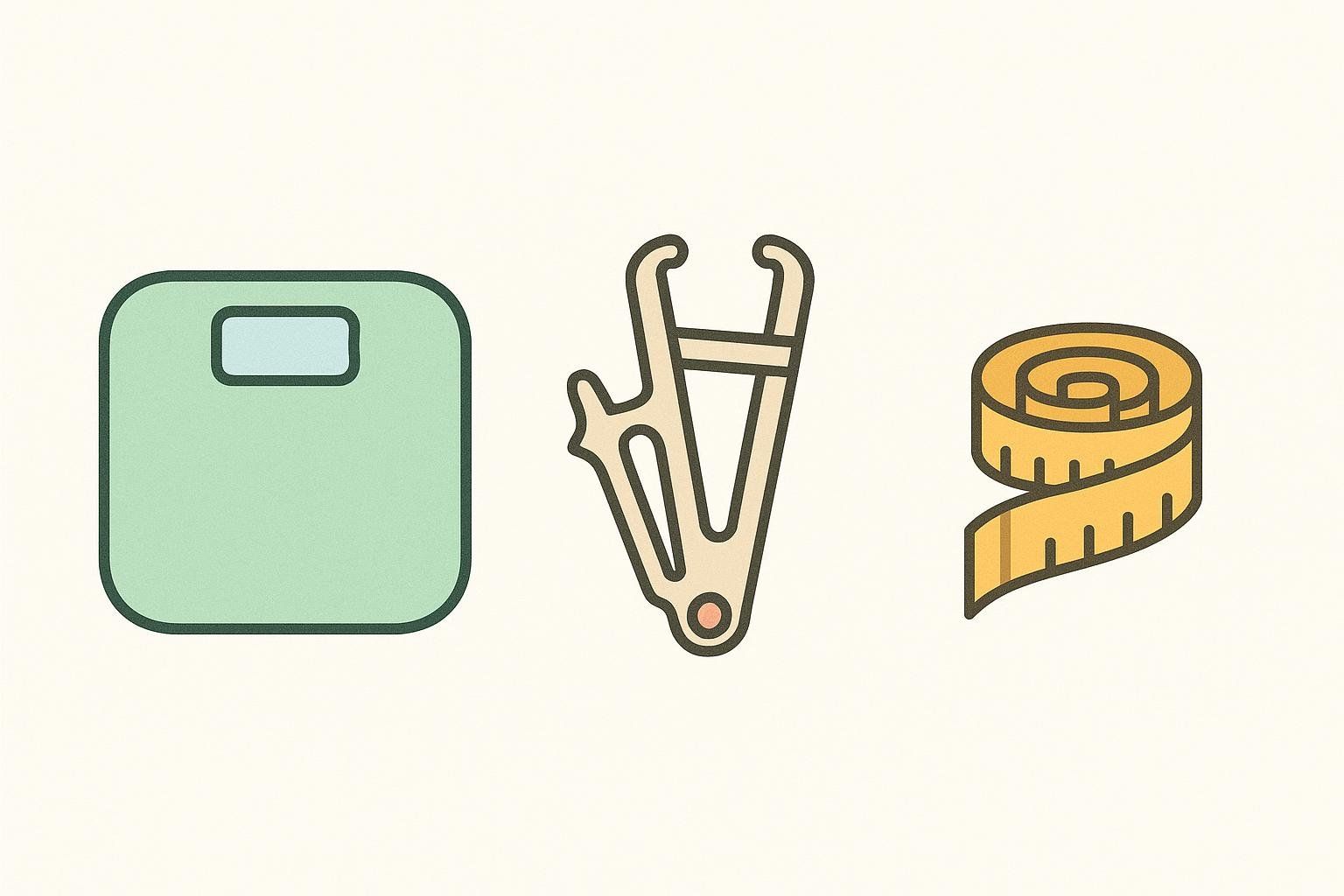
Want a fast estimate before you book a scan? Use the tool below for a lean body mass (LBM) estimate, then confirm your baseline with a DEXA scan when you’re ready.
Quick answer: the most accurate ways to measure muscle
- DEXA scan. It separates bone, fat, and lean soft tissue. You get regional lean mass plus appendicular lean mass (ALM) used in sarcopenia (age‑related muscle loss) screening. DEXA also provides visceral fat estimates and bone density in one scan. Thanks to strong test–retest precision, it’s well‑suited for tracking trends over time (see the overview from UC Davis Sports Medicine and this methods review).
- MRI/CT and D3‑creatine dilution (research/advanced). MRI and CT can quantify tissue volumes with high fidelity. The D3‑creatine dilution method directly estimates total skeletal muscle mass. These options are powerful but not yet routine in most clinics (methods review; D3Creatine overview).
- Field methods (BIA, calipers). Multi‑frequency BIA devices, skinfold calipers, and arm circumference indices can track trends when protocols are standardized. However, device settings, hydration, and technique drive variability, and BIA devices often produce different absolute results than DEXA, so numbers aren’t interchangeable (BIA vs. DXA review).
Key Terms: Lean Mass, Skeletal Muscle, and ALM
Different tools report different things:
- Lean mass (lean soft tissue) = muscle + organs + water (excludes bone and all fat). This is what DEXA reports by body region.
- Skeletal muscle mass (SMM) = the muscle attached to your skeleton; some devices estimate SMM from lean mass.
- Appendicular lean mass (ALM) = lean mass in arms and legs; ALM indexed to height (ALMI) is commonly used to screen for low muscle mass. DEXA reports ALM and ALMI (UC Davis Sports Medicine).
Cut‑points vary by population and guideline; for example, a 2024 reference set proposed ALMI cut‑offs of ~6.0 kg/m² (men) and ~4.3 kg/m² (women), underscoring that local reference values matter (2024 ALMI reference values study).
At‑home methods: how to do them right
1) BIA smart scale (bioelectrical impedance)
Best for: frequent check‑ins at home; watching trends week‑to‑week.
How it works: a small electrical current estimates body water and infers fat‑free mass and fat mass. Results depend on hydration, meals, and recent exercise.
Prep checklist for consistency (same every time):
- Same time of day (e.g., morning), bladder emptied
- No hard exercise in the prior 12 hours
- Avoid large meals and alcohol before testing; maintain a consistent hydration routine
- Bare feet/clean electrodes; remove metal items
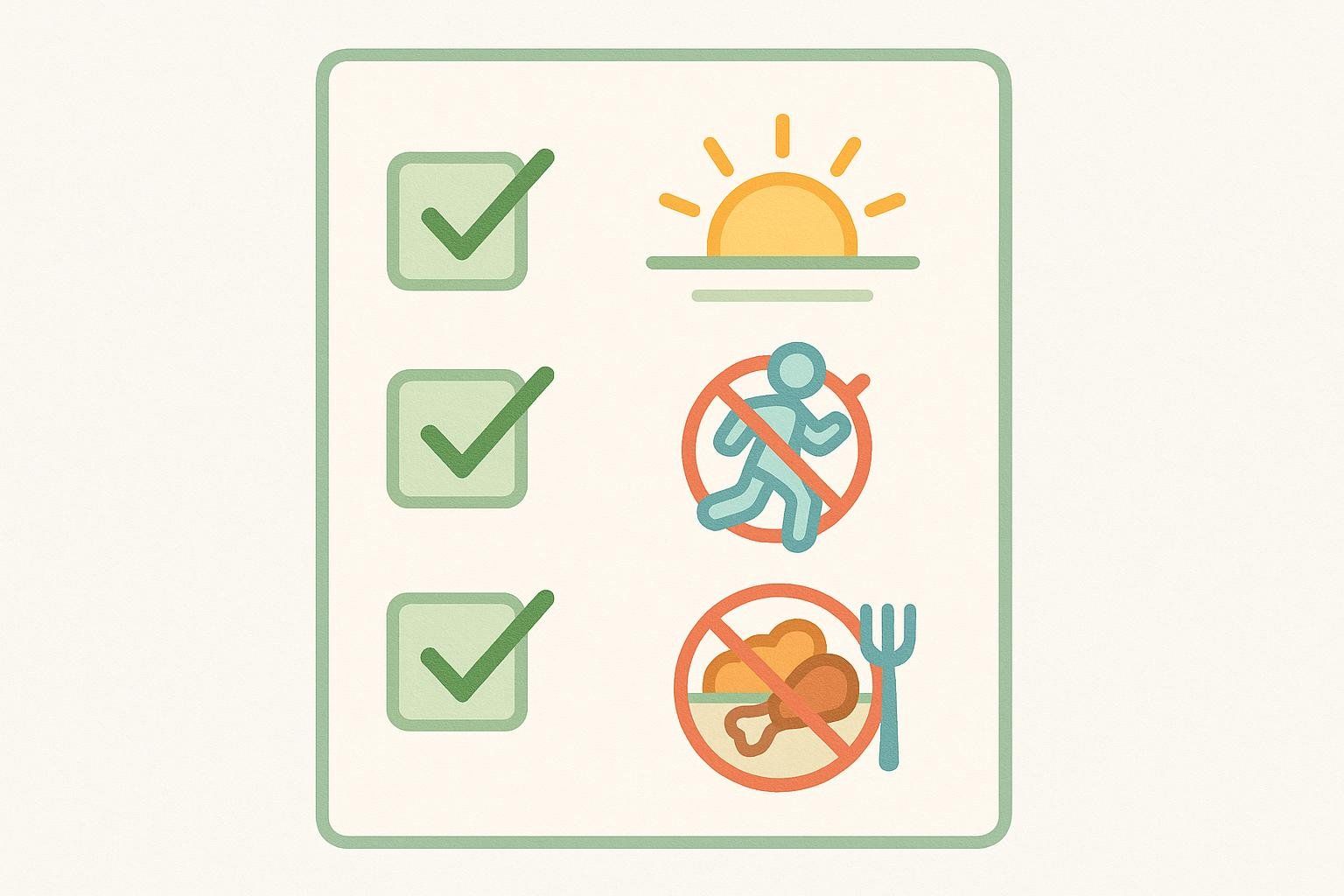
Troubleshooting inconsistent readings:**
- Hydration shifts can influence BIA estimates, so keeping your routine consistent is essential for reliable trend tracking (Nutrients dehydration study).
- Different brands/models use different equations, so absolute numbers can disagree even when trends align.
Pro tip: Use BIA for weekly trends and confirm quarterly with DEXA for a precise checkpoint. See our comparison of DEXA vs. InBody scans to understand the differences.
2) Skinfold calipers (with a partner)
Best for: budget‑friendly tracking if you have help and practice the technique.
How it works: measure subcutaneous fat thickness at specific sites; use a validated equation to estimate body fat percentage. You can then calculate lean mass using the formula: Lean Mass = Body Weight × (1 − Body Fat Fraction).
How to take consistent measurements (with a partner):
- Identify landmarks together (e.g., iliac crest, triceps midpoint), then the partner pinches the fold cleanly and places calipers perpendicular to the fold.
- Count a consistent 1–2 seconds before reading.
- Take 2–3 measures per site and average; rotate sites to avoid fluid shifts.
- Always measure on the same side of the body.
- Use the same equation each time (e.g., 3‑site or 7‑site) and the same measurer.
Why technique matters: anthropometry is inexpensive and useful in the field, but accuracy depends on the measurer’s skill and the assumptions built into common formulas (body composition methods review; see the consumer overview from the British Heart Foundation).
3) Tape measure methods (MUAC)
Best for: simple, low‑tech screening and trending muscularity in the upper arm.
Key index:
- MUAC (Mid‑Upper Arm Circumference)
How to measure MUAC:
- Find the midpoint between your shoulder tip and elbow tip on the upper arm.
- Relax the arm at your side; wrap the tape gently at that midpoint; record to the nearest 0.1 cm.
Screening context: In older adults, MUAC correlates with appendicular muscle mass and can screen for low muscle mass when more advanced tools aren’t available (study on MUAC for low muscle mass screening). Use it to track change over time rather than to diagnose a condition.
Clinical and lab methods: when you need precision
DEXA body composition scan (gold‑standard for trends)
What you get in one 6–10 minute scan: total and regional lean mass, fat mass, visceral fat estimates, and whole‑body bone density. That combination—and strong test–retest precision—makes DEXA a highly effective tool for confirming quantifiable muscle changes over time (UC Davis Sports Medicine; body composition methods review).
- Prepare for consistent results with our scan checklist.
- Learn why BodySpec’s controls deliver about ±0.5 percentage points scan‑to‑scan repeatability for body‑fat percentage under consistent prep in our DEXA Accuracy Guide.
- New to DEXA? Start with the Complete DEXA Guide.
Bod Pod (ADP) and hydrostatic weighing
Both estimate body density (air or water displacement) and infer fat vs. fat‑free mass. They can be accurate but don’t provide visceral fat or bone density, and are harder to repeat frequently. Accuracy can vary across very lean vs. heavier individuals due to model assumptions (overview of method assumptions).
MRI/CT and D3‑creatine dilution (advanced/research)
- MRI/CT quantify anatomical muscle and fat depots with high fidelity but are costly and not practical for routine tracking (advanced imaging overview).
- The D3‑creatine (D3Cr) dilution method directly estimates total skeletal muscle mass via a harmless tracer and urine collection; it strongly relates to functional outcomes but isn’t yet widely available clinically (D3Creatine overview).
Which method should you choose?
- Need the most complete, repeatable picture (regional lean mass, visceral fat, bone trends)? Choose DEXA.
- Want weekly, low‑effort check‑ins? Use a BIA scale—but keep conditions identical and confirm with DEXA periodically.
- Coaching on a budget? Calipers with a trained partner can work; standardize sites and equations.
- Low‑tech screening for older adults? MUAC can flag potential low muscle mass when better tools aren’t available.
Cost and convenience (typical ranges)
| Method | Typical setting | What you get | Typical cost |
|---|---|---|---|
| DEXA body composition | BodySpec storefront or mobile clinic | Regional lean mass, fat mass, visceral fat estimate, bone density | $40–$60 for a BodySpec DEXA scan; view current pricing |
| BIA smart scale | Home | Trend body fat/lean mass estimates | One‑time device cost; varies by brand |
| Skinfold calipers | Home/gym | Estimated body fat; derive lean mass | $10–$300 for calipers; time to learn |
| Bod Pod / Hydrostatic | Sports lab/university | Estimated body fat/fat‑free mass | Varies by site; availability limited |
Note: Prices vary by region and provider; DEXA also provides bone and visceral‑fat data you won’t get from most other methods.
How often to measure
- BIA scale: weekly (same day/time/protocol).
- Calipers: every 2–4 weeks with the same measurer.
- DEXA: every 8–12 weeks for training blocks or body‑recomp phases; monthly in short, intensive phases.
Common mistakes to avoid
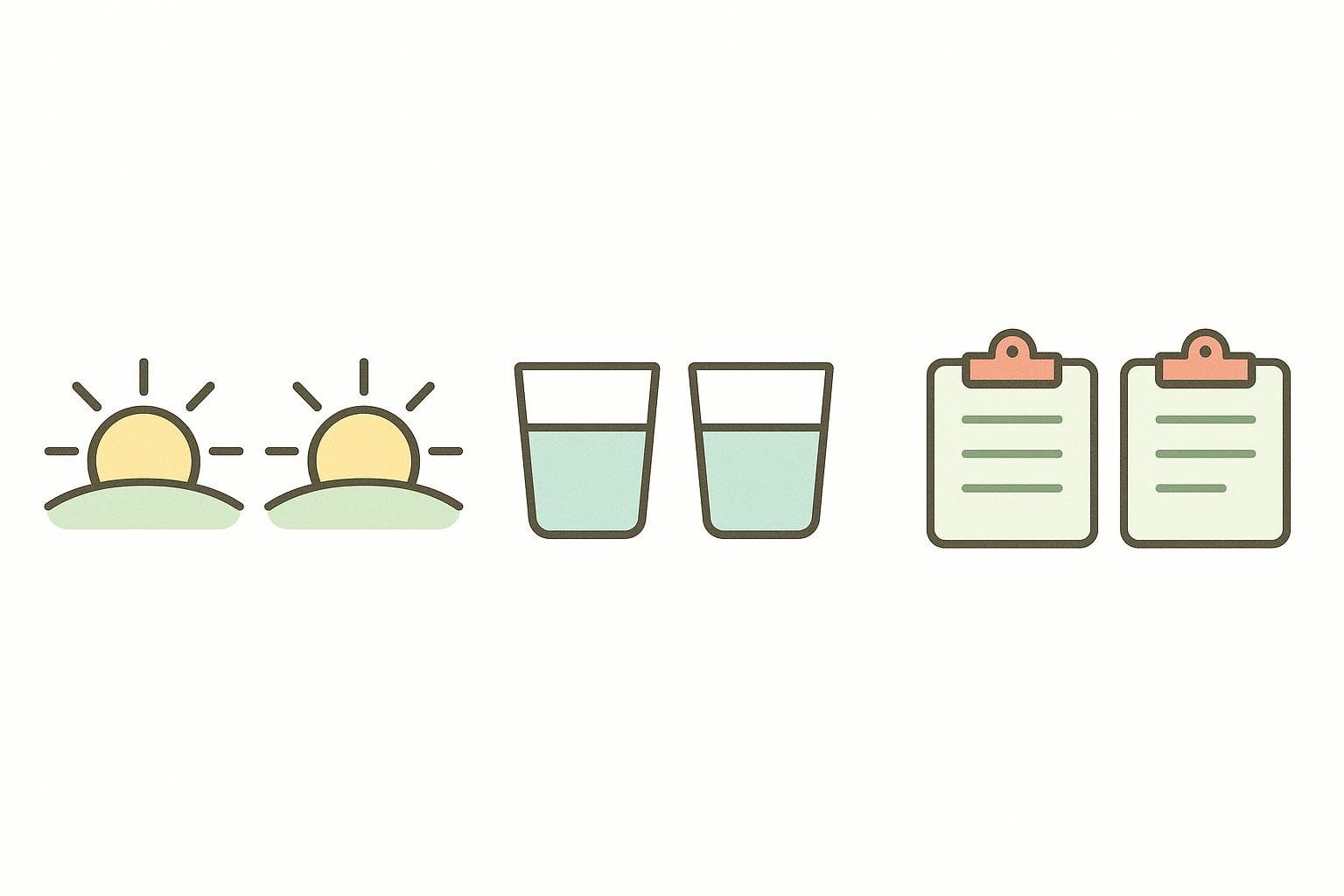
- Mixing protocols (different times of day, clothing, hydration) between measurements—trend noise skyrockets, especially on BIA.
- Swapping equations or measurers for calipers—stick to the same sites and formula.
- Expecting one device’s “muscle” number to match another’s—definitions and algorithms differ (e.g., DEXA lean mass vs. estimated SMM).
Explore BodySpec’s DEXA Guides
For a deeper dive into DEXA technology and how to get the most from your scan, explore these guides:
The bottom line
To measure muscle mass well, pair at‑home trend tools (like BIA scales or calipers with solid technique) with periodic DEXA scans for precise checkpoints. DEXA gives you regional lean mass, visceral fat, and bone data in one quick visit—and BodySpec’s rigorous quality controls deliver repeatable results you can trust. Ready to lock in your baseline? Book a DEXA and start tracking real progress today.

